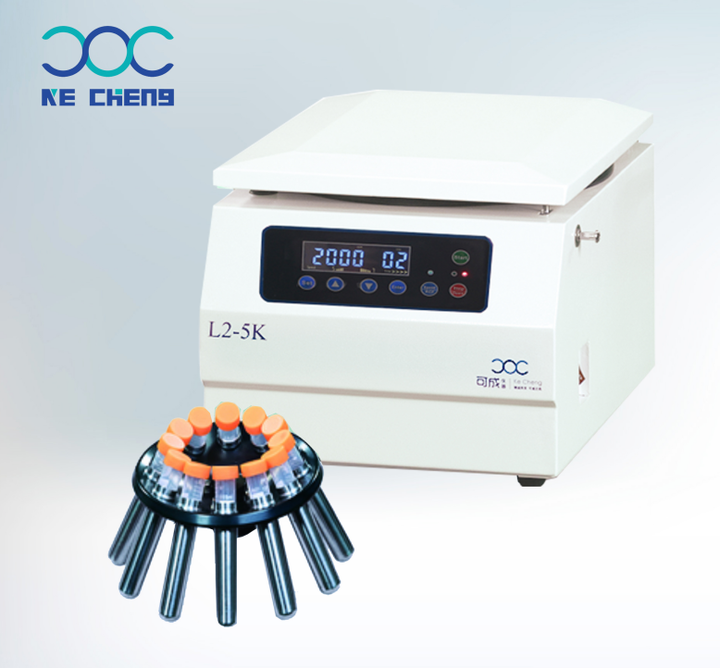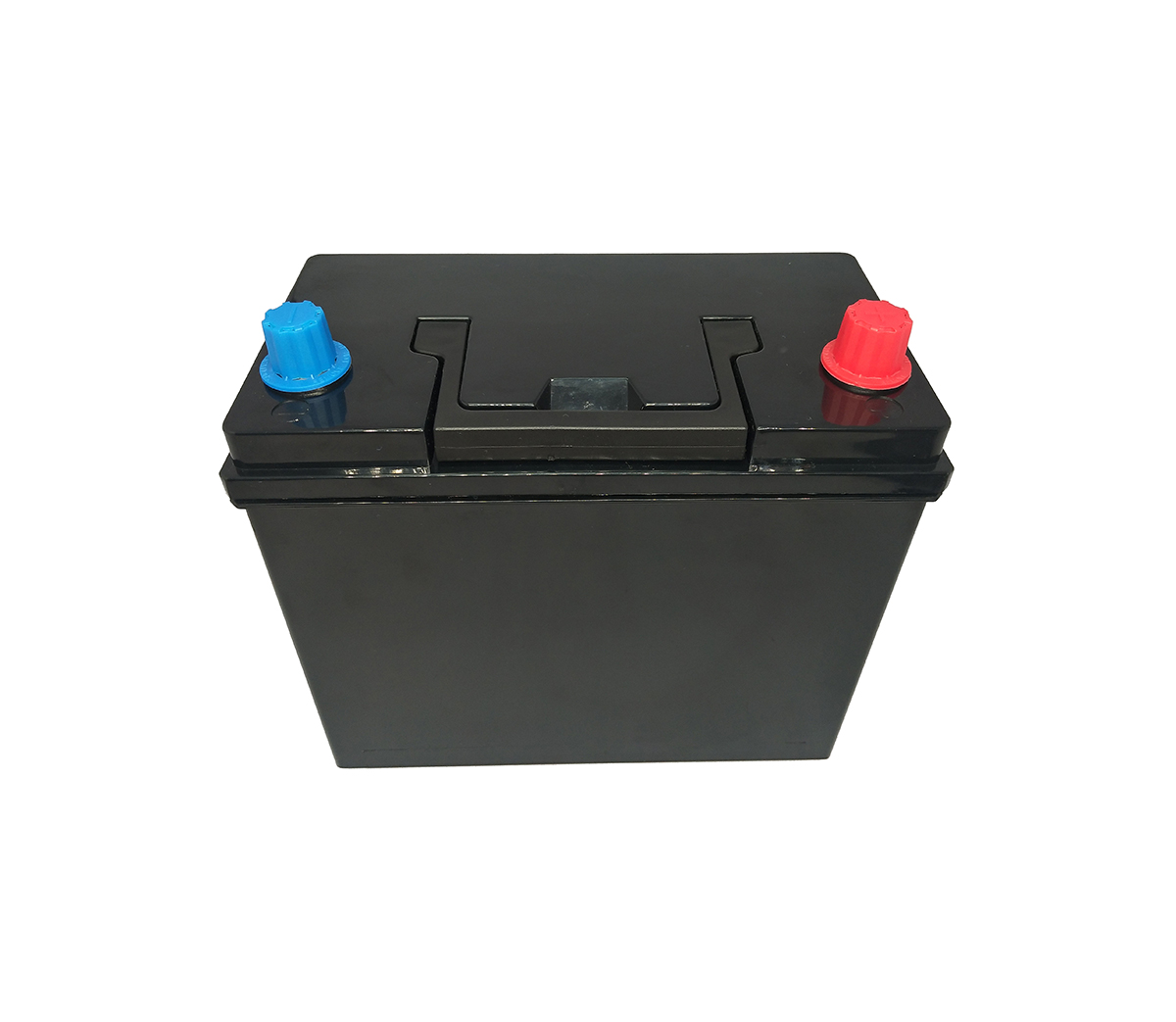According to a new report released by IHS Markit, although production costs
continue to rise, the global solar photovoltaic installed capacity will increase
by more than 20% in 2022, breaking the 200GW (DC) mark for the first time, and
the total investment required is at least 170 billion US dollars.

From 2013 to 2020, the global cost of photovoltaic power generation systems
has fallen by more than 50% on average. The declining cost of photovoltaic
systems is a key factor in the exponential growth of this industry. During this
period, global installed capacity increased by 275%.
However, in 2021, the cost of photovoltaic systems will increase by 4%
year-on-year, bringing new challenges to the booming market. Although the cost
has exceeded expectations, the installed capacity of major markets such as
China, India, the United States and Europe has once again promoted the expansion
this year. Among them, the fastest growth comes from the distributed power
generation field led by China.
IHS Markit Clean Energy Technology Research Manager Josefin Berg said, "In
2021, the utility sector will be the most affected, with multiple projects being
postponed or cancelled. In contrast, driven by the fuel crisis and soaring
electricity prices, distributed generation will also It is the strong growth in
the household and industrial and commercial sectors, especially in the entire
European market. This is part of the success of solar photovoltaic in 2021."
IHS Markit predicts that in 2021, solar photovoltaic installed capacity
will experience double-digit growth and will continue to grow until 2022. By
then, the installed capacity is expected to exceed the 200GW (DC) mark, which
means that in a high price environment, the global installed capacity will
experience double-digit growth for the second consecutive year.
In the past year, the violent disruptions in logistics and supply chains
have pushed the cost of solar photovoltaic materials to new highs. In addition,
China implemented new power curtailment measures in the second half of 2021,
limiting the output of manufacturers in some provinces, affecting the production
of key materials such as metallic silicon, polysilicon and solar glass, and
further pushing up prices.
Other solar photovoltaic components, such as inverters and trackers, are
also affected by the shortage of some materials (including semiconductor
components) and the high cost of raw materials such as steel. IHS Markit
predicts that the current high freight rates and subsequent transportation
delays will continue until 2022, which will especially affect the economics of
international projects.
It is worth noting that the improvement of module efficiency predicted in
the module technology roadmap, that is, passivated contact cell (TOPCon) or
heterojunction cell (HJT) technology will also help reduce production costs from
2023.
Policy uncertainty remains a factor. The policy uncertainty of the world’s
three major solar photovoltaic markets-China, the United States and India is a
common problem faced by the forecast in 2022, and the policy uncertainty problem
should be resolved before the first quarter of 2022. Policy announcements will
have a significant impact on capacity decisions and market installation
speed.
In the United States, due to high costs, possible delays in investment tax
credit policies, and increased barriers to importing components from the
international market, policy decisions and future changes in macroeconomic
conditions may undermine the expectations of 20% of U.S. utility projects next
year.
Edurne Zoco, executive director of clean energy technology at IHS Markit,
predicts, "In the past two years, the cost of solar photovoltaics has fallen
into a deadlock. Nevertheless, solar energy is still one of the energy
technologies with the lowest capital expenditure and the fastest to install
energy. Driven by technological competitiveness, multi-functional
characteristics and installation speed, it is estimated that the cumulative
installed capacity of solar projects will exceed 1000GW (DC) in 2021-2025, which
will play an important role in the decarbonization of the power system in this
decade."

Lithium-ion battery (LIB) has become the main energy storage solution in
modern social life. Among them, lithium iron phosphate batteries are a perfect
substitute for lead-acid batteries, and are the first choice for grid-connected
peak shaving, off-grid energy storage, photovoltaic energy storage, UPS, data
center and other industries.
Solar power generation system with lithium battery energy storage system is
a very promising clean energy.




































